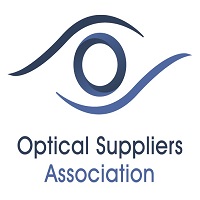Aged related Macular Degeneration (ARMD)
The macular is the most sensitive part of the retina (the screen) at the back of the eye where there is the highest density of light sensitive nerve cells. It is the one spot where our quality precision vision is supplied to the brain. Losing some or all of these delicate cells will cause increasingly dramatic changes in our ability to see.
It is usually noticed later in life and its causes are dependent on the type (wet or dry) and sometimes are not found. Wet ARMD (around 10%) is a fast progressive disorder created by excess fluid under the retina. Urgent referral, diagnosis and action by laser treatment are essential and can be partially successful in early stages. Dry ARMD is a slow developer caused by aging and failing nerve cells often in both eyes but not necessarily at the same time or speed. It is a painless and innocuous disorder often disguised by one good eye compensating for the bad one. Regular eyecare is essential in later life to spot this condition early.
Some experts consider that dry ARMD could be caused by a build up of oxidants over our lifetime which could be reduced by eating food high in anti oxidants (see our Nutrition and ARMD page for more details). A definite link to smoking and ARMD has been proven.
Almost all ARMD sufferers retain some sight to help them get along in life so don’t panic – there are many professionals in place to help with differing levels of visual disability and to help you explain to your relatives and friends how best to deal with the lack of vision.
Wet AMD sufferers get the green light from NICE to help stave off blindness
NICE has agreed a number of treatments for wet AMD , and these injected treatments counter the onslaught of wet age-related macular degeneration very successfully, if given at regular and determined intervals .
This came about after NICE originally rejected the drug on a cost benefit basis. Agreements were made with the drugs manufacturers allowing the NHS to provide injections which have shown a significant saving of sight and sometimes a return of a better level of sight.
This is great news for patients, those involved with treatment.



















